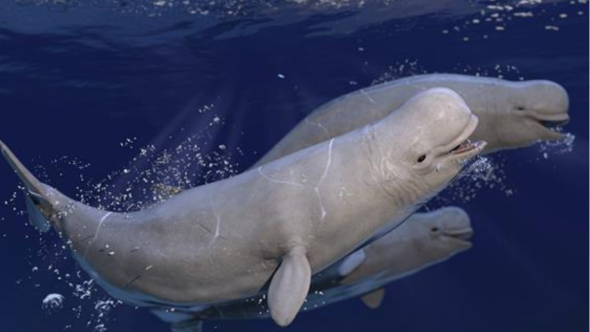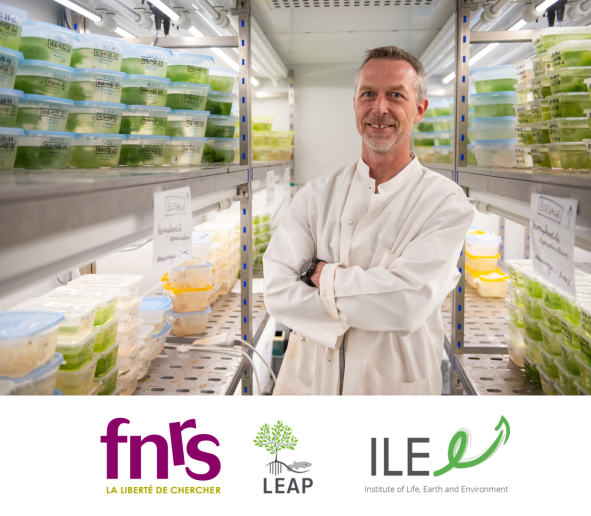Understanding for better protection: an innovative joint FNRS-FRQ research project on the St. Lawrence beluga whale
A project submitted by Professor Frédéric Silvestre's Laboratoire de Physiologie Évolutive et Adaptative (LEAP) at the University of Namur has been ranked among the top 6 research projects funded by the FNRS and the Fonds de recherche du Québec (FRQ) for scientific collaboration between Wallonia and Quebec. The aim? To understand the impact of human activities on St. Lawrence Estuary (SLE) belugas, using interdisciplinary approaches to help improve conservation strategies for this threatened species.
.

